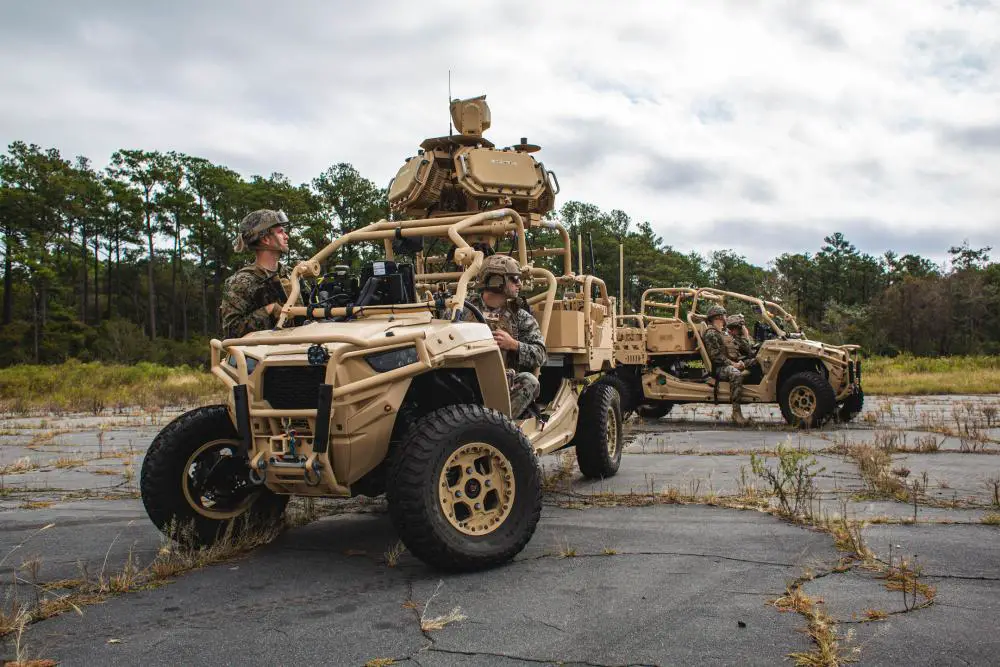U.S. Marines with 2nd Low Altitude Air Defense Battalion tested the Marine Corps’ newest ground-based air-defense system, the Light Marine Air-Defense Integrated System (LMADIS), October 18-19, 2022. The LMADIS provides 2nd LAAD and the Marine Corps with the capability to deter and neutralize unmanned aircraft systems. The rising use of commercial off-the-shelf drones for offensive warfare means the Marine Corps must make adjustments to their ground-based air-defense capabilities. The LMADIS helps mitigate threats by disrupting the electronic signals between the UAS and its controller.
“The difference is the expeditionary aspect of it being able to be loaded on aircraft used for a wide set of missions … [such as] CH-53E Super Stallions, CH-53K King Stallions, and MV-22B Ospreys. Due to the current drone threat, we need an expeditionary system that will combat it. The LMADIS serves as a system that can be deployed at a moment’s notice and attach to units that need counter-UAS capabilities,” said Yonkings.
“With the constant evolving of commercial drones, the one thing that won’t change is the required frequencies used to pilot any drone,” said U.S. Marine Corps Staff Sgt. Dustin Yonkings, a LAAD gunner with 2nd LAAD.

The Light Marine Air-Defence Integrated System (LMADIS) uses two Polaris MRZRs, one acting as the brain and the other as the brawn. Together, they house the CM262U optic, which acts as the ‘eyes’ of the system; the RPS-42 radar and Skyview MP, which provide 360-degree air surveillance and long-range drone detection; the Modi II, which is a dismountable electronic-warfare system used to disrupt enemy drones and communications; and the AN/PRC-158 multichannel manpack radio system, which allows the LMADIS to communicate everything it detects to troops in its immediate vicinity and commanders in the rear echelon.
The Light Marine Air-Defence Integrated System (LMADIS) uses electronic weapons on a light and compact frame, the Polaris MRZR, which allows the LMADIS to deploy to austere environments via air transport. In accordance with the Marine Corps’ Force Design 2030 modernization efforts, the Marine Corps has activated a third firing battery for each of the Low Altitude Air Defense battalions to better support the Fleet Marine Force. 2nd LAAD, a subordinate unit of 2nd Marine Aircraft Wing, was the first battalion in the Marine Corps to activate their third firing battery.













